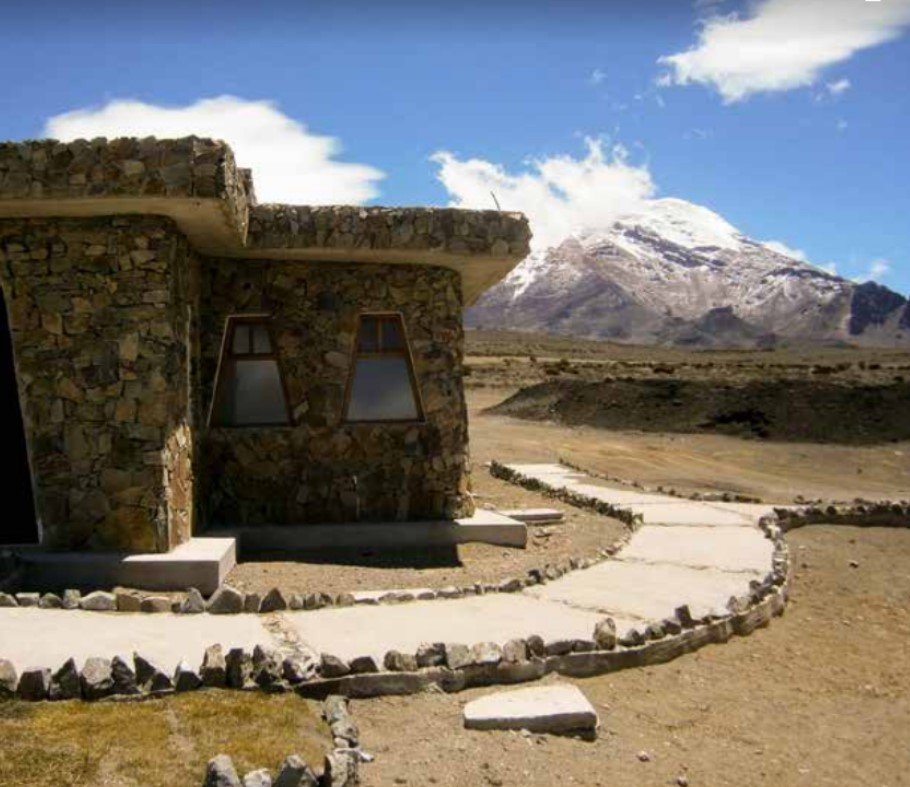
It is an instrument that aims to guide and generate knowledge on best practices for construction projects in protected areas that seeks to ensure a low environmental impact and the integration of infrastructure in the context of protected areas. The instrument is aimed at both the private sector and public agents likely to generate infrastructure in these areas (for scientific, tourism, leisure, housing or mobility purposes, etc.), some of which are inhabited. The standards proposed in the guide are not mandatory but highly recommended for obtaining a construction permit in one of the country's natural protected areas. Ecuador's Secretariat of Protected Areas uses it as a guideline and quality standard to validate construction projects against environmental preservation standards.
The guidelines promote bioclimatic design, consideration of local heritage or cultural standards, the use of low-impact materials and the use of nature-based solutions. This instrument can also be used in other contexts for which the close relationship between built space and nature requires following particular and exemplary rules for infrastructures: they can be ecological neighborhoods, parks, etc.
